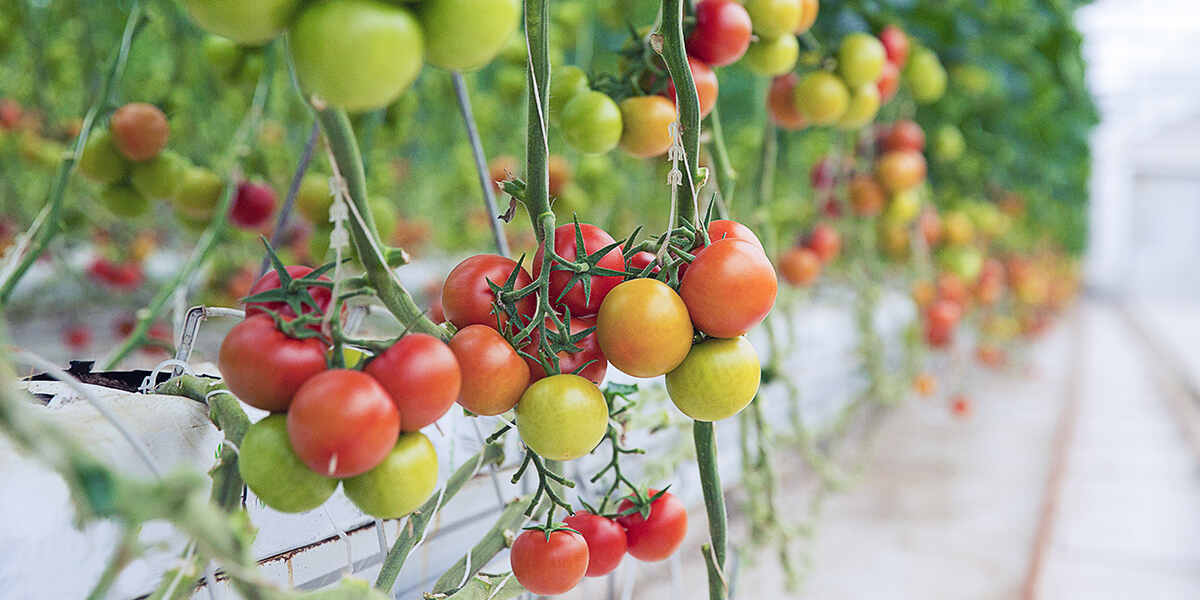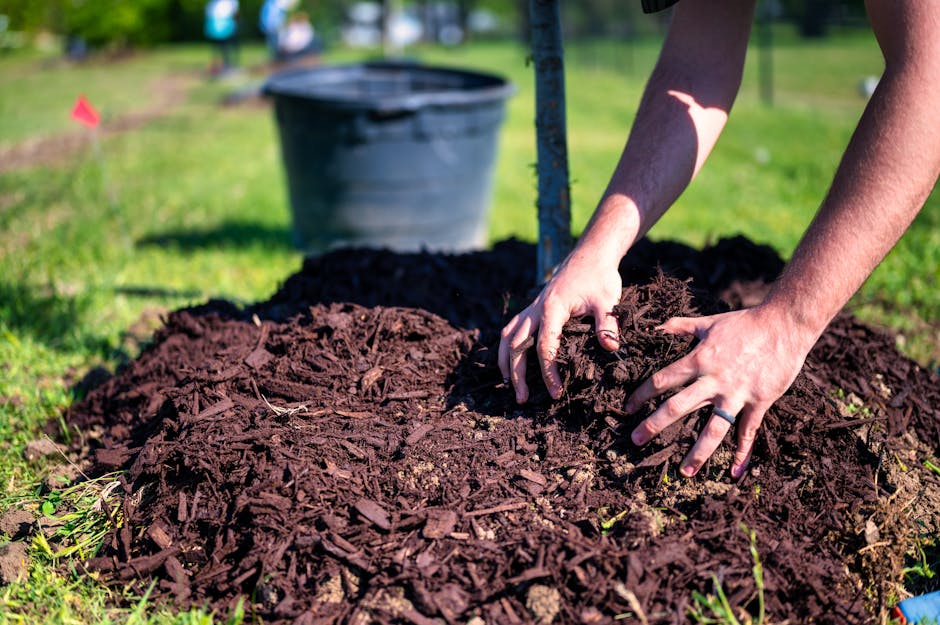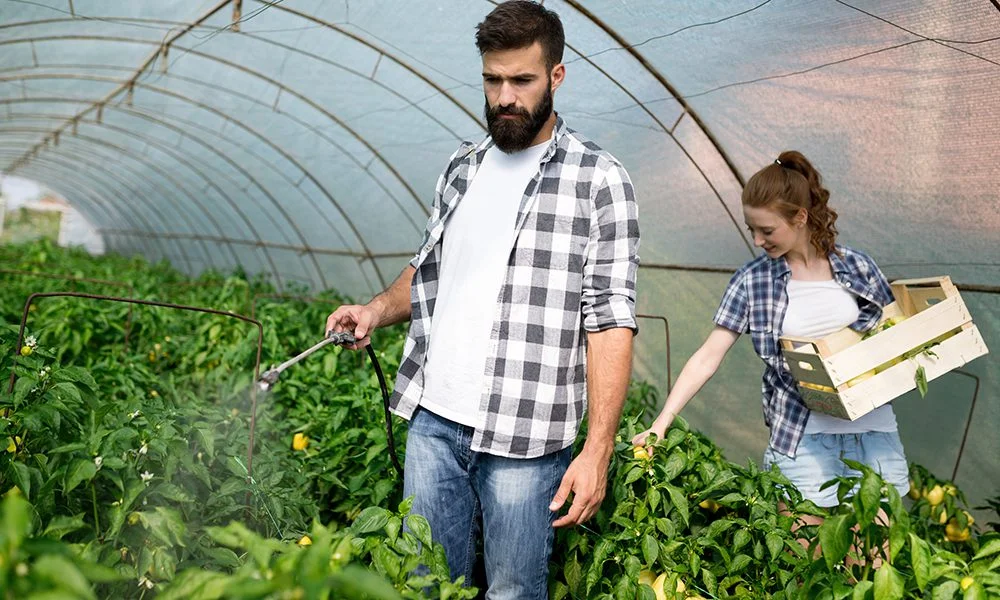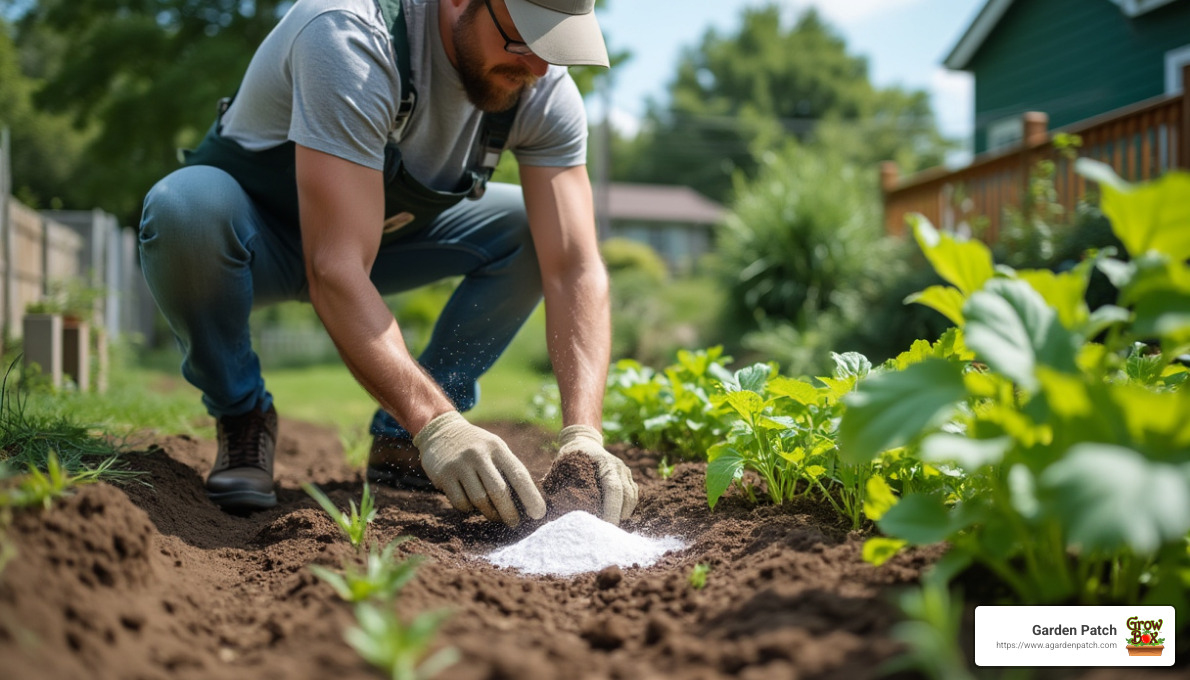Whether you have a green thumb or have just picked up gardening this spring, you might’ve heard of grafted tomato plants. Grafted tomato varieties may sound like complex scientific feats, though many home gardeners use this tactic to increase yield.
At the Garden Patch, the original creators of the GrowBox™, we’re passionate about helping you master your gardening techniques. Our advanced gardening system includes perfect plant spacing, automatic fertilization, and ideal nutrients, including garden dolomite, taking the guesswork out of gardening.
Below, we explain everything you need to know about grafted tomato plants, including their advantages and disadvantages, whether or not the process is worth it, and other options you can consider instead.
What Are Grafted Tomato Plants?
Grafted tomato plants are disease-resistant plants created by combining two varieties of tomatoes into one stronger, high-yielding hybrid. A grafted plant offers the strengths of both of its parent plants, providing minimal weaknesses, higher yields, and overall healthier plants.
Plant grafting is a long-used, tried-and-trusted technique for disease management, particularly around Asian and European greenhouses, though the idea has recently gained more traction in the U.S. For ideal results, one of the parent plants should show disease-resistant strength. Gardeners often use hybrids to breed more hybrids.
Grafted Tomato Plant Anatomy
A grafted tomato plant includes the roots from one plant and the body from another. The two primary components include the following:
- Rootstock: The stock, or rootstock, is the bottom of the new plant, ideally providing a strong root system with ideal resistance to soil-borne diseases and pathogens.
- Scion: The scion is the upper portion of the grafted tomato plant, including the leaves, branches, stems, and fruits. The scion should offer high-quality fruit for an optimal yield.
Tomato Grafting Techniques
You can graft tomato plants using any of the following techniques:
- Tube grafting: Severing seedling rootstock and scions before reattaching with a clip
- Cleft grafting: Cutting opposite “V” and wedge shapes in the stock and scion before clipping together
- Approach grafting: Notching stems, then clipping them together during healing
- Micrografting: Grafting tiny scions into more matured rootstocks
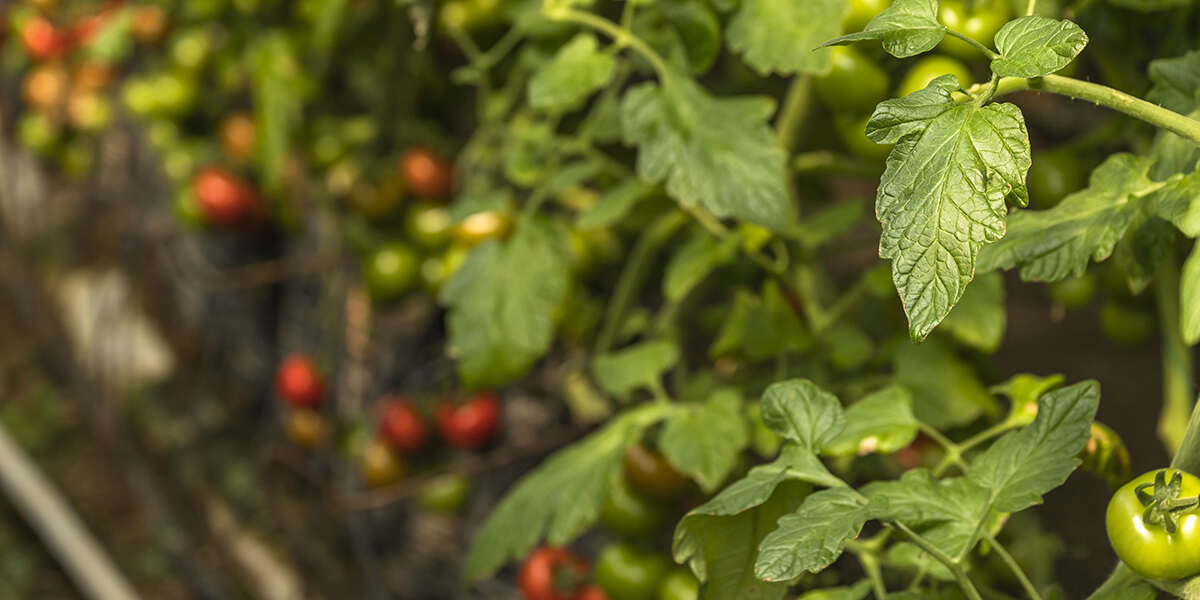
Advantages of Grafting Tomato Plants
Grafted tomato plants offer the following advantages:
- Strong temperature resistance to hot or cold fluctuations
- Disease resistance
- Durability against over- or under-watering
- Tolerance to high-salinity environments
- High-quality fruit yields (flavor, size, etc.)
- Increased fruit yields
Disadvantages of Grafting Tomato Plants
While the above advantages may sound appealing, grafted tomato plants come with a few issues you should consider before rolling up your sleeves. The process of successfully grafting plants isn’t easy. In doing so, you will likely face the following disadvantages:
- High costs: Grafting tomato plants requires research, practice, and equipment. At the end of the day, you may end up spending more money than you actually save with your higher yields. If you’re highly interested in the science of grafted plants, the cost may be worth it, though most gardeners may prefer considering more cost-effective options, which we’ll discuss below.
- Lost seedlings: Grafting tomato plants is a complicated science. When learning how to do it correctly, you’ll likely lose many seedlings. Lost seedlings mean wasted money, time, and unnecessary frustration.
Is Grafting Tomato Plants Worth It?
Whether or not grafting tomato plants is worth it will ultimately depend on your gardening goals, though in general, most home gardeners would say no.
Let’s look at a research study for a more conclusive answer. In a study on graft tomato harvest yields by the University of Maryland, researchers compared results between grafted tomato varieties and non-grafted control groups.
To measure results, the team gathered leaf tissue samples and fruit harvests as a way to analyze fruit marketability and success between the plant groups. By the end of the study, the grafted group just barely outperformed the non-grafted plants, though in terms of economics, it lost by a landslide. The grafted plants cost $0.21 more than the non-grafted group per plant, which would quickly add up in a large garden or farm setting.
Ultimately, the study decided that the benefits did not outweigh the cost outcome.
Other Options for Increasing Tomato Plant Yields
So, if grafted tomato plants are too expensive and time-consuming, what else can you do to increase your tomato yields this summer?
As all gardeners know, focusing on nutrition, sunlight, watering, and other factors isn’t always enough. Your plants need the perfect environment to thrive. That’s where gardening systems come in.
Gardening systems, like the Garden Patch GrowBox™, automatically release fertilizer as the plants need, space plants for ideal temperatures, prevent weeds, and stop root rot from harming your plants. You no longer have to worry about over or under-watering because your plants will drink as necessary from the four-gallon well. With the GrowBox™, you can achieve all the excellent benefits of grafted tomato plants without the high costs or complex maintenance requirements.
How the GrowBox™ Can Help Your Plants Achieve Maximum Yields
The GrowBox™ helps your plants achieve maximum yields by providing them with just the right amount of nutrients, water, space, and everything else. Our nutrient packs include everything tomatoes need to thrive, like dolomite, calcium, and more.
The best part about the GrowBox™just may be how easy it is for anyone to use. You don’t need a green thumb or learn how to graft tomato plants to grow giant, juicy tomatoes with our gardening system. Simply fill the box with the provided potting mix, lay the Nutrient Patch™ on top, plant your seedlings, then watch your tomatoes grow!
The GrowBox™ allows you to enjoy the following benefits:
- Easy 10-minute setup
- No digging requirements
- No gardening experience required
- Simple instructions included with all boxes
- Automatic feeding and watering
- Guaranteed yields or money-back returns
- Reusable for many seasons
- Automatic fungus, root-rot, and disease prevention

Enjoy Ripe, Juicy Tomatoes All Summer
Grafted tomato plants may provide high yields, though the process takes time and can hurt your wallet. For cost-effective, easy-to-manage, juicy tomatoes all summer, choose the Garden Patch GrowBox™, which comes with all the nutrients your plants need to succeed, like calcium for tomato plants. Order the GrowBox online today or call us at (800) 519-1955 to order by phone.

